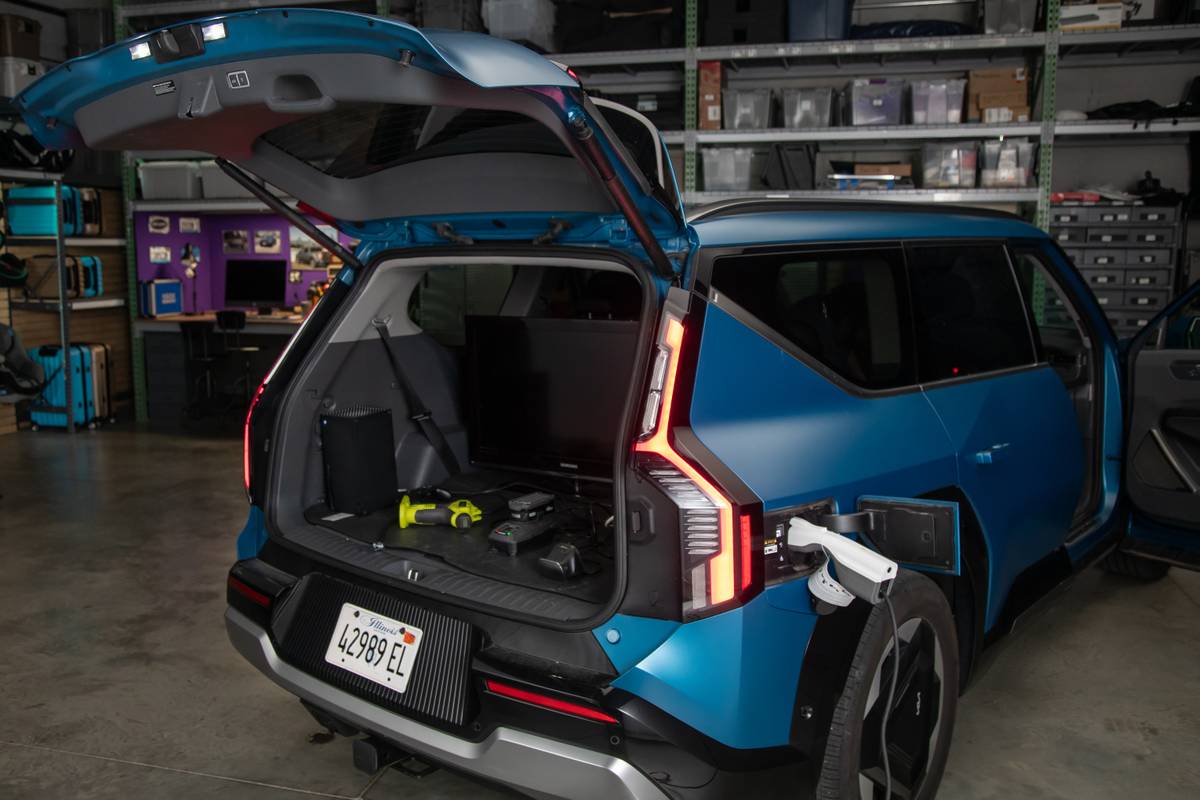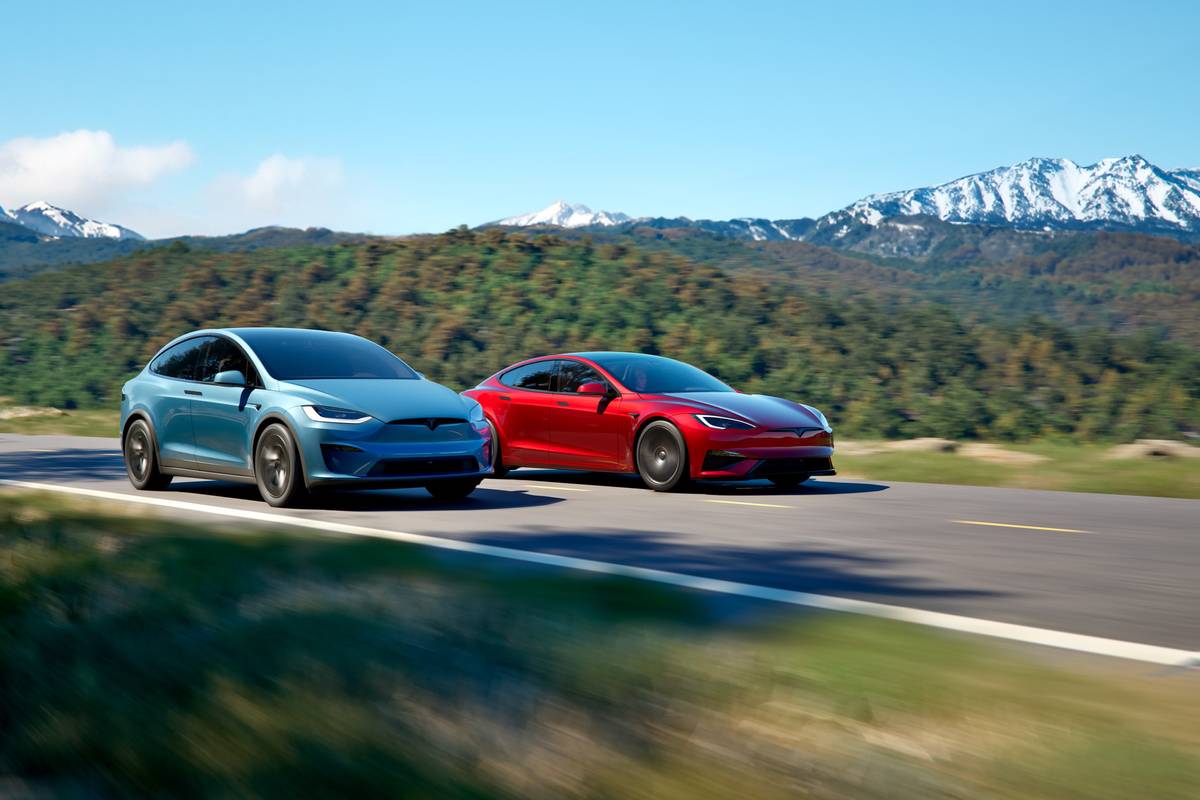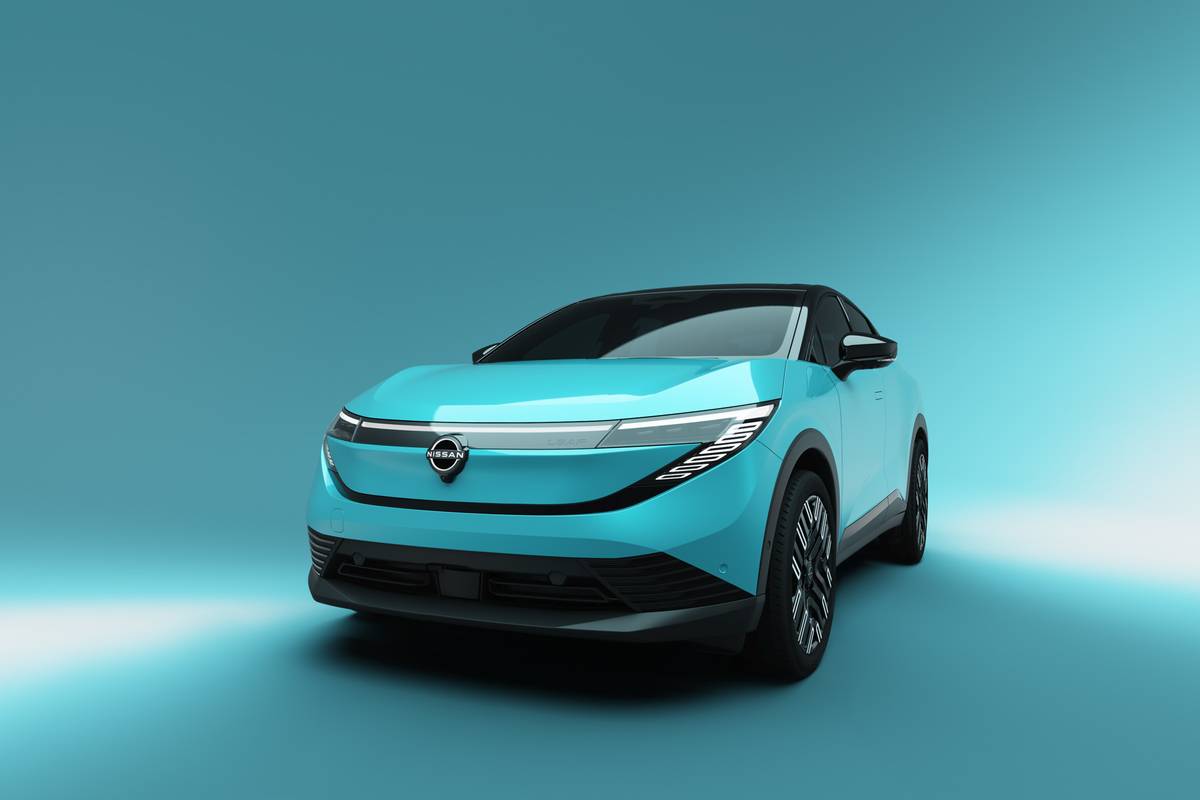washingtonpost.com's view
Automobile manufacturers doing business in the United States once designed small cars to lose money.
That “loss leader” strategy was meant to meet government demands for higher sales-fleet fuel economy while satisfying consumer desires for the pickup trucks, sport-utility vehicles and high-performance machines that produced profits.
The best small cars under that marketing regime were those that helped improve sales-fleet fuel economy without costing manufacturers much money or offering the consumer anything except a few more miles per gallon.
Even Japanese automobile manufacturers, specialists in the production of high-quality small cars, hedged their bets when it came to the U.S. market. More costly, advanced small models were kept overseas. Less-expensive small cars were built in or shipped to the United States — the theory being that selling small cars in the Land of Big Wheels was the wrong road to business success.
Subsequent global economic troubles and worldwide concern about fossil-fuel sourcing and costs have changed all of that.
We’re now in the middle of a small-car war, with combatants including every global automaker. The objective is to deliver compact cars, subcompact cars and mini-cars with all the comfort and safety found in larger models, but with substantially better fuel economy.
That’s fuel economy with a twist. The current real-world standard is about 40 miles per gallon on the highway in small cars that can get you a speeding ticket — or take you to jail, a hospital or a grave — as fast as the fastest gas guzzlers.
It is an engineering feat hailed by automotive enthusiasts and engineers and condemned by environmentalists, who want more attention paid to fuel economy and less to performance.
But small, fast and frugal is a trend on ample display at the 2012 Washington Auto Show, now underway at the Walter E. Washington Convention Center, and at other U.S. and global automotive displays this year.
A leader in that race is this week’s subject automobile, the 2012 Mazda3 with Skyactiv technology, also on display in Washington. It is a motorized contradiction in terms.
Despite a modest facelift for the new model year, it retains all the humility of a car best parked in the driveway of a convent or rectory, particularly the five-door hatchback i Touring model driven for this column.
But don’t let its looks fool you. The Mazda3 is addictive, arguably as much fun to drive as a more powerful and expensive automobile. It is engineering magic performed with lightweight materials — aluminum, plastics and composites — and a low-weight, low-friction design of engine and transmission components.
The low-weight, low-friction approach — Mazda’s patented “Skyactiv” engineering — reduces fuel consumption without a commensurate reduction in engine performance. The result is a small, fast front-wheel-drive car with a 2-liter in-line four-cylinder engine that delivers 155 horsepower and 148 foot-pounds of torque in the i Touring version.
That’s a lot of oomph in a car with a curb weight of 2,896 pounds. That might also be a lot of worry about safety in a tiny speedster.
But Mazda’s engineers clearly anticipated that concern, loading the Mazda3 with enough side and head air bags to earn a five-star federal frontal crash rating and four-star ratings for side and rollover crashes. Translation: Your chances of walking away from a crash in a Mazda3 are as good as walking away from anything else, assuming you hit something of similar mass and structure.
Latest news



